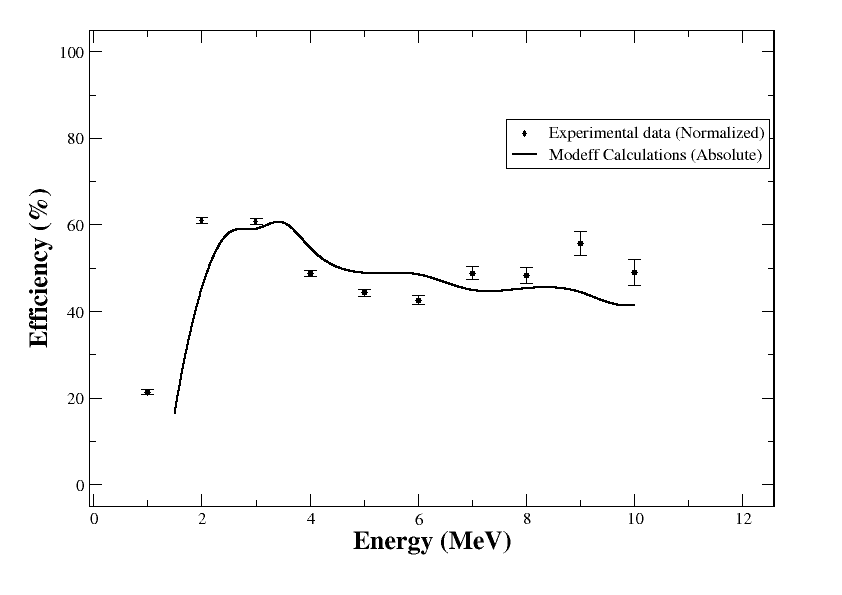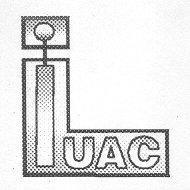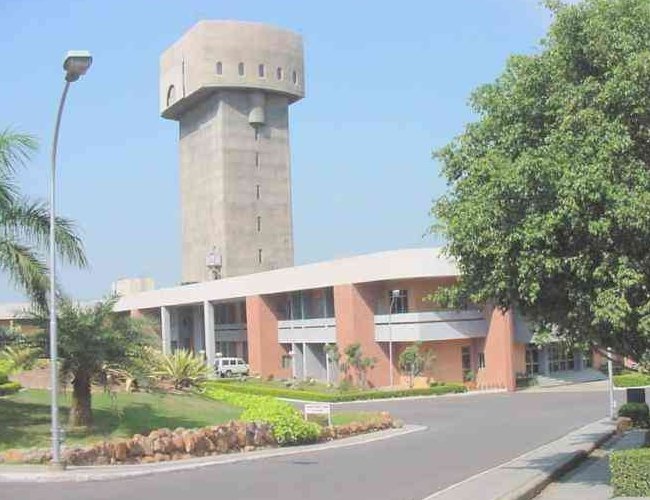 |
|
|
 |

Features
Mechanical structure of the
array
The semi-spherical structure that
accommodates 100 neutron detectors around the spherical vacuum
chamber, at a distance of 175cm from the target position, is made
of Geo-desic dome design fabricated using mild steel pipe links and
hubs. The hubs are made of rings and welded to the vertexes of the
geodome. The design of whole structure is is optimized to have
minimum materials with light weight and strong enough to accommodate
100 detectors. The detectors are distributed on right rings with
each detector inserted into the hubs at the vertexes. The reaction
plane ring and two other rings out of the plane at ± 15o
with respect to the reaction plane contains 20 detectors on each
ring.
|
Spherical Vacuum chamber
The target chamber is a 100 cm
diameter spherical chamber made of 4 mm thick stainless steel. The
target ladder, located at the center of the chamber, can
accommodate 5 targets including a beam-viewing quartz. Linear as
well as rotary movement of the ladder is be possible. Inside the
chamber there is an annular ring with four arms on which the
fission detectors can be mounted. The arms can be rotated and the
distance of fission detectors from the target can be varied. The
chamber has separate flanges to accommodate vacuum feedthroughs and
gas feedthroughs.
|
Relative detection efficiency of
detectors
The relative detection efficiency of
liquid scintillator neutron detectors is studied by measuring
energy spectra of prompt neutrons from a 252Cf
spontaneous fission neutron source. The neutron energies are
measured using time of flight method. The zero timing signal is
derived from associated γ-rays with a thin plastic scintillator.
The data are collected in event by event mode, each event
consisting of three parameters, viz. neutron time of flight,
dynode pulse height and neutron-γ pulse shape discrimination.
Electron energy calibration of the pulse height is carried out by
measuring maximum Compton recoil electron energies with different
γ-ray sources (133Ba, 137Cs, 54Mn
and 60Co. Data are collected for different detection
thresholds starting from 1.25 MeV to 3.0 MeV of neutron energies in
a step of 0.25 MeV. The obtained energy spectrum at a particular
threshold setting is compared with the standard reported spectrum
of 252Cf to determine the relative neutron detection
efficiency of the detector.
|
 |
|
Contact
Person:
Dr. P. Sugathan
Inter University Accelerator Centre
Aruna Asaf Ali Marg, Post Box 10502
New Delhi 110067, India
Phone: +91 11 26893955
Telefax: +91 11 26893666
Email: sugathan [at]
iuac [dot] res [dot] in |
|
 |



